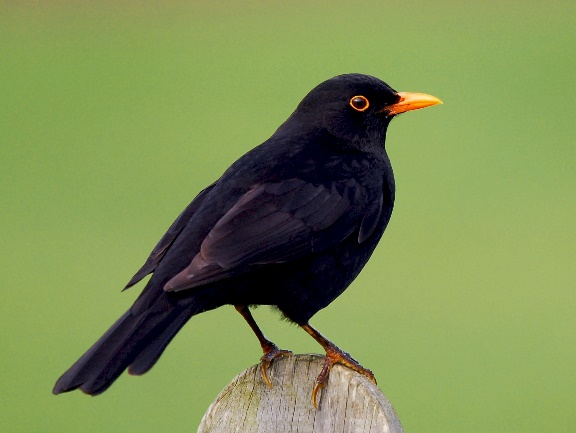As I write this, sitting in a Marden garden at seven on a warm, sunny morning, I’m struck by two things: the noise of commuting traffic on nearby Howland Road and the birdsong competing with it.
There are now plenty of studies that show that birds either sing more loudly, or raise the pitch of their song, to make themselves heard in an increasingly noisy world. The increase is due mainly to the ever-present background sound of rubber on tarmac, and engine noise.
There is a tiny hope, I suppose, that the gradual change to electric power will eventually make a difference, but I'm not holding my breath. Perhaps it’s my modern hearing aids are so effective at amplifying all the surrounding sound that it’s difficult to discriminate between the birds and the traffic.
But I’m actually impressed with the number of species I can hear – twenty-five and counting. No doubt there are one or two more whose song is too high-pitched for a man whose ears are past their prime!
The most noticeable are two of our most hard to see species - wren and blackcap. It's no coincidence, perhaps, that they feel the need to advertise their presence at top volume, often from a high point in the garden to make themselves even more noticeable to females or rival males. But they adopt that tactic at their peril. The most effective garden predator (apart from the owner’s moggie) is the sparrowhawk – that generally only advertises its presence by the pile of plucked feathers left on the lawn.
It’s fair to say that, for me, the garden wouldn't be the same without the blackbird, song thrush, robin and dunnock, our resident songsters. Their normally loud song adds a degree of challenge if I am trying to isolate the calls of other species, but that just adds to the fun and helps to stop me focussing on the ever-present scourge of traffic noise – oh, and a passing rush-hour train on a rail strike day!
In fact, at times like this I’m more of a bird listener than a bird watcher.







Make A Comment
Comments (0)